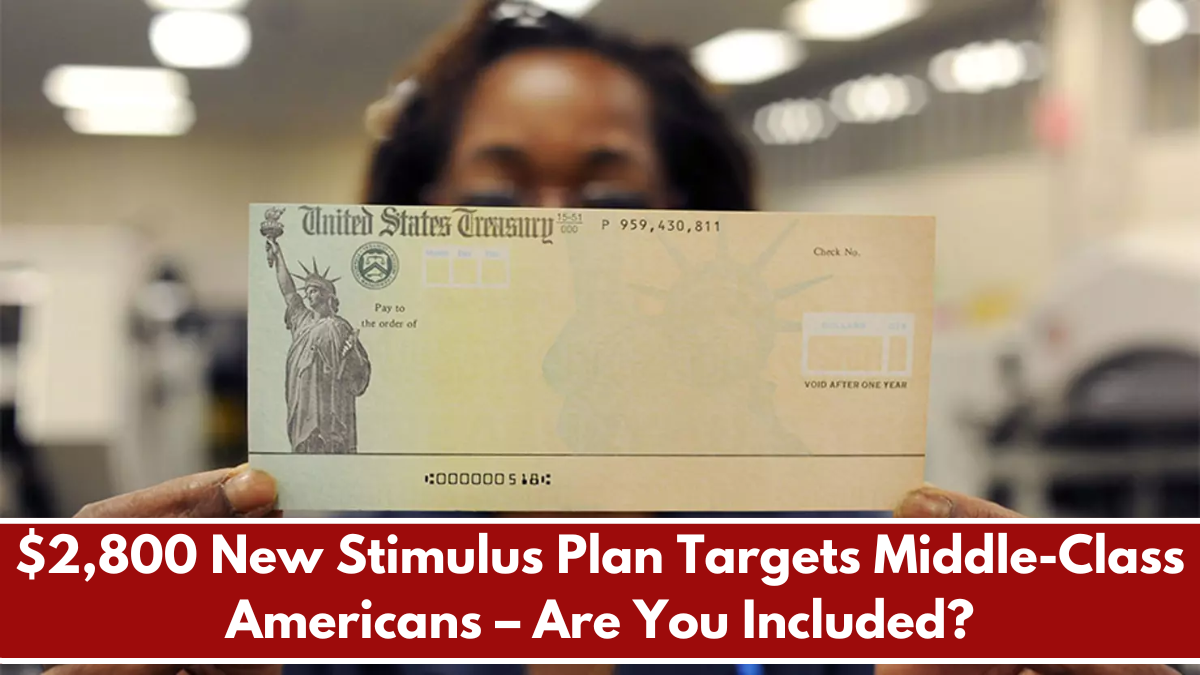A bold new proposal is making waves in Washington: a $2,000 monthly stimulus plan that could provide consistent financial support to millions of Americans. As families continue to deal with inflation and economic uncertainty, lawmakers are considering a plan that would send recurring payments — not just one-time checks — to those who qualify.
Could this monthly check become a safety net or even a full replacement for lost income? Here’s what we know so far.
What Is the $2,000 Monthly Stimulus Plan?
The idea behind the plan is simple: provide $2,000 every month to qualifying individuals until the economy stabilizes or a specific time period ends. Supporters of the plan argue that rising rent, food prices, and job instability require more consistent help than occasional checks.
Who Would Qualify for the Payments?
Although the plan is still in discussion, early drafts suggest eligibility would be based on income thresholds, family size, and employment status. People earning under $75,000 annually (or $150,000 for couples) could be among the first to benefit.
Potential Benefits and Concerns
Supporters say monthly payments would boost consumer spending, help people cover essential bills, and reduce financial stress. Critics, however, question how the program would be funded and whether it might contribute to inflation.
Payment Eligibility Table
| Criteria | Details |
|---|---|
| Age Requirement | 18 years or older |
| Income Limit (Individual) | $75,000 or less |
| Income Limit (Married Joint) | $150,000 or less |
| Children/Dependents Bonus | $500 per child (proposed) |
| Employment Status | Employed, unemployed, or retired |
| Payment Method | Direct deposit or mailed check |
What Happens Next?
The proposal has gained support from progressive lawmakers and advocacy groups but still faces significant political hurdles. For the plan to become law, it would need approval from both the House and Senate — a process that could take months. However, growing pressure from the public may influence the pace of negotiations.














